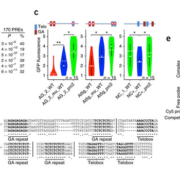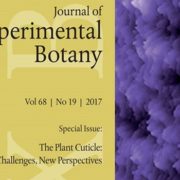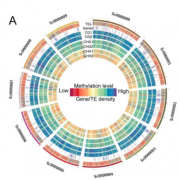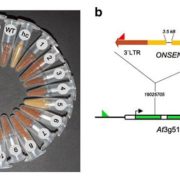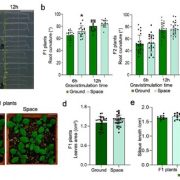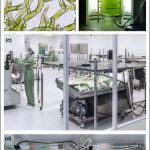Machine learning enables high-throughput phenotyping for analyses of the genetic architecture of bulliform cell patterning in maize (G3)
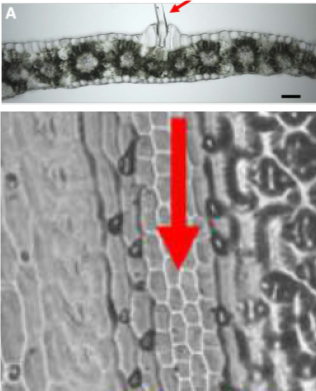 Bulliform cells lie in rows along the upper (adaxial) surface of the maize leaf, and through changes in volume contribute to leaf-rolling, which is a response to water deficit. Several mutants have been identified that affect bulliform cell formation and function, but as yet their occurance in natural populations have not been investigated. One limitation is that microscopic methods are required to identify them, making such analysis labor intensive. Using leaf imprints and machine learning, Qiao et al. developed a high-throughput method to identify bulliform patterning. They used these data as a basis for a GWAS, which when combined with transcriptomic data identified a few candidates for genes involved in bulliform cell patterning. (Summary by Mary Williams) G3 10.1534/g3.119.400757
Bulliform cells lie in rows along the upper (adaxial) surface of the maize leaf, and through changes in volume contribute to leaf-rolling, which is a response to water deficit. Several mutants have been identified that affect bulliform cell formation and function, but as yet their occurance in natural populations have not been investigated. One limitation is that microscopic methods are required to identify them, making such analysis labor intensive. Using leaf imprints and machine learning, Qiao et al. developed a high-throughput method to identify bulliform patterning. They used these data as a basis for a GWAS, which when combined with transcriptomic data identified a few candidates for genes involved in bulliform cell patterning. (Summary by Mary Williams) G3 10.1534/g3.119.400757


